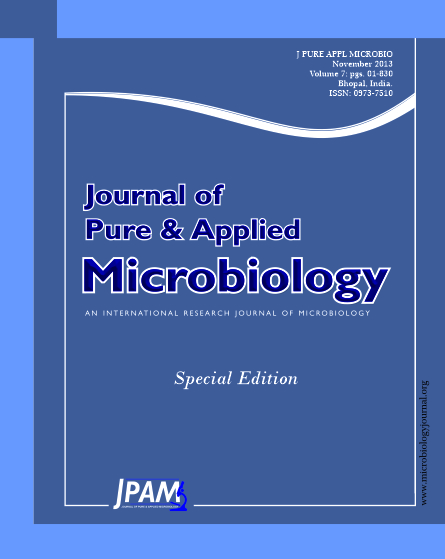Rapid qualitative and quantitative determination of biological pesticide (Avermectin) adulterated with highly toxic pesticide (Chlorpyrifos) were completed by ATR-FTIR technology. The IR absorbance spectra, the second derivative spectra, the comparative analysis of peak intensity and similarity comparison were used for qualitative analysis. The results showed that with the increase of the proportions of Chlorpyrifos which was adulterated into Abamectin, the number of characteristic absorption peaks belonged to Abamectin decreased, and the peak intensity gradually weakened. Conversely, the number of characteristic absorption peaks attributed to Chlorpyrifos increased, andhe peak intensity gradually strengthened. The quantitative prediction models of Abamectin EC adulterated with Chlorpyrifos were established by partial least squares regression method and optimized. And then the external validation sets was used to validate the model performance. The results showed that ATR-FTIR technology can accurately determine the content of Abamectin EC adulterated with Chlorpyrifos. The model of prediction precision was improved through spectrum pretreatment, outliers diagnosis and modeling parameters optimization. In addition, the predicted values and the real values had no significant differences. The determination coefficient (R2) was 99.88%. The root mean square error of calibration (RMSEC), the root mean square error of cross-validation (RMSECV) and the root mean square error of prediction (RMSEP) was 0.44, 0.79 and 0.70, respectively. The present study provided a new method for the rapid identification of biological pesticides mixed with chemical pesticides. It also laid a foundation for the application of ATR-FTIR technology to detect biological pesticides.
Infrared spectroscopy, Attenuated total reflection, Partial least squares, Biological pesticides, Adulteration
© The Author(s) 2013. Open Access. This article is distributed under the terms of the Creative Commons Attribution 4.0 International License which permits unrestricted use, sharing, distribution, and reproduction in any medium, provided you give appropriate credit to the original author(s) and the source, provide a link to the Creative Commons license, and indicate if changes were made.


